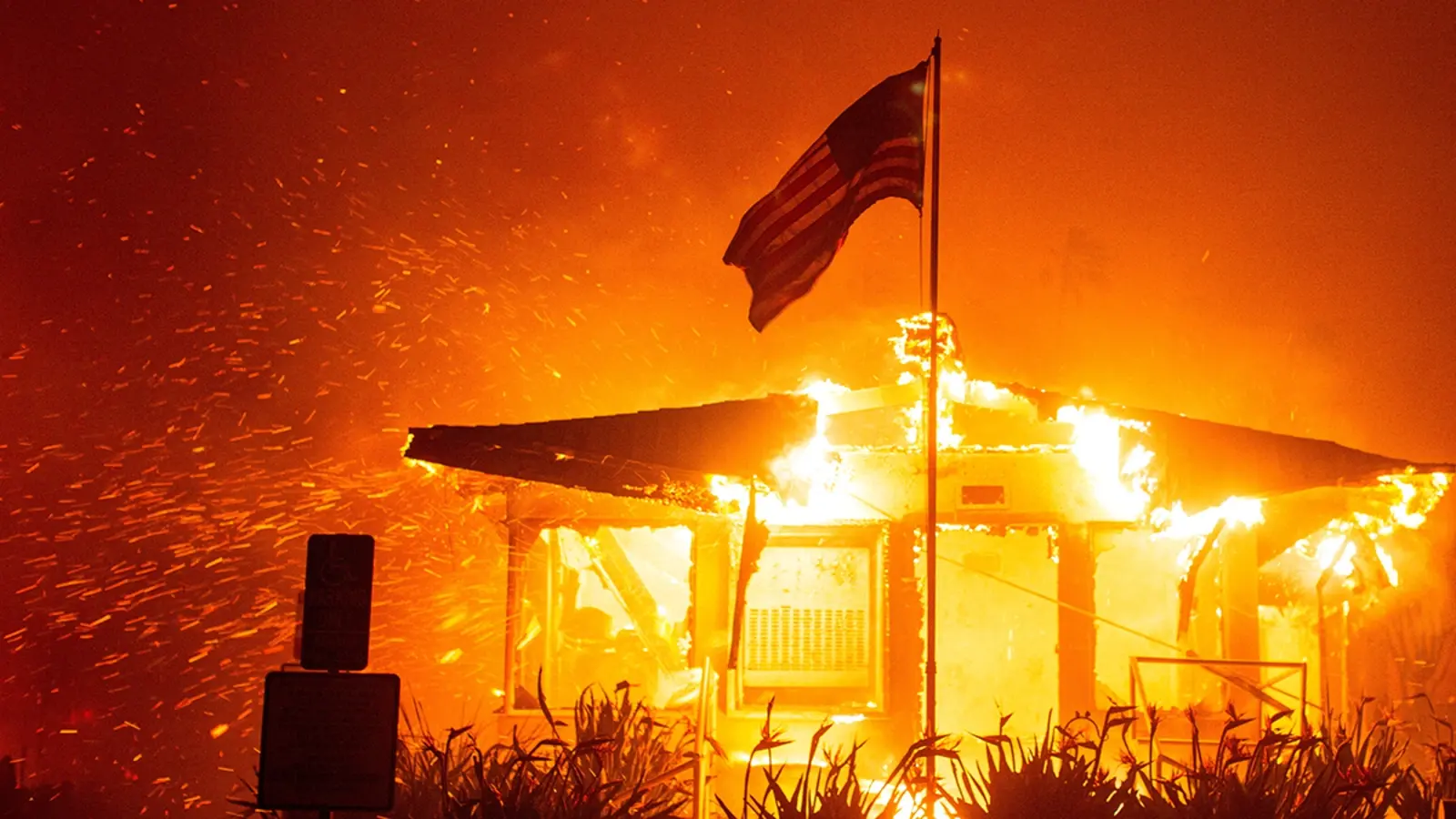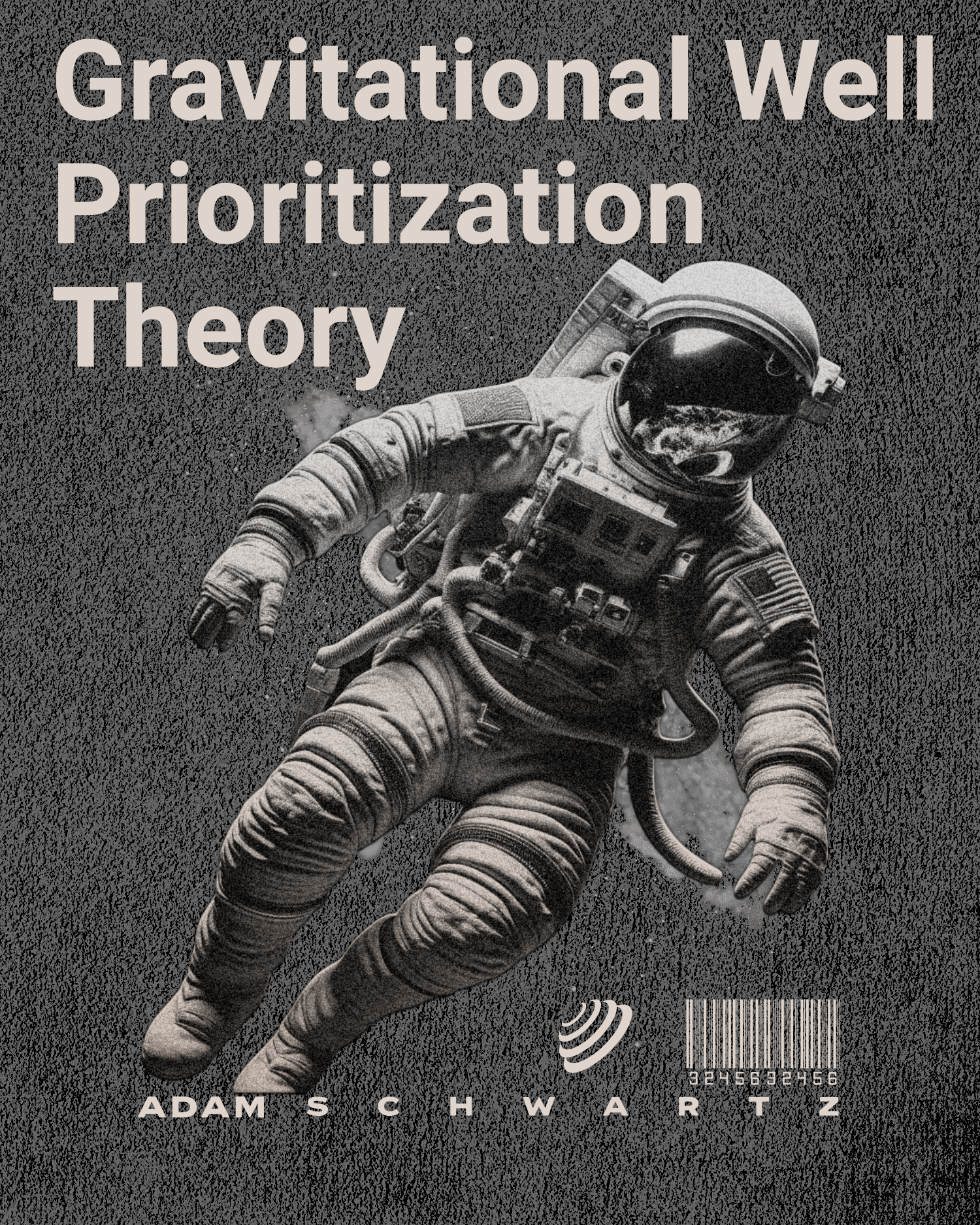Breaking the Loop: Path Dependence in Veteran Mental Health
- 4 mins

What is Path Dependence?
Path dependence feedback loops explain how systems remain stuck in outdated practices, even when better solutions exist. This is evident in the VA and military’s handling of mental health and veteran suicide. Entrenched practices, such as standardized therapy sessions accompanied with medication-heavy treatments, persist despite their inability to address the complexity of individual trauma or rising suicide rates.
The Problem with Path Dependence
For decades, the VA and military relied on clinical approaches designed to meet the needs of an earlier era. While these methods offer some benefits, they often fall short due to bureaucracy, rigid protocols, and a one-size-fits-all mentality. This repetitive cycle creates a feedback loop where ineffective strategies are continually funded and implemented.
A fitting analogy lies in America's dominance of wooden homes, initially popular for their affordability and accessibility. Over time, the industry entrenched itself, supported by policies and practices that ignored vulnerabilities—like their susceptibility to fire. By contrast, a lone concrete home in Los Angeles, built outside traditional norms, withstood the recent wildfires, highlighting the resilience of innovative solutions.
Similarly, Two Black Ravens Foundation is a “concrete home” in the realm of mental health initiatives. Its approach breaks away from traditional models by focusing on art therapy, storytelling, and community healing, offering a durable and adaptive alternative.

Two Black Ravens: A New Paradigm
The foundation redefines mental health support for veterans through:
- Personalized Healing: Art and storytelling create therapeutic outlets that go beyond standard treatments, allowing veterans to process emotions in transformative ways.
- Community Empowerment: Collaborative art projects and exhibitions foster connection and purpose, addressing mental health needs often neglected by institutional programs.
- Breaking the Mold: By prioritizing creative expression over institutional constraints, Two Black Ravens introduces unconventional yet effective avenues like photography classes and storytelling events.
- Sustainability: Like the fire-resistant concrete home, this model provides lasting impact through self-expression and empowerment, equipping veterans with tools to thrive long after participation.
Grantors and the Trap of Familiarity
One major barrier to innovation is the grant approval process. Many funders prefer to support familiar systems, even when results are minimal or non-existent. This risk-averse mindset perpetuates ineffective programs instead of investing in transformative alternatives.
Two Black Ravens challenges this cycle by demonstrating the potential of creative approaches to address trauma. Through bold, data-driven initiatives, it empowers veterans to reclaim their stories and rebuild resilience in ways traditional systems cannot.
Moving Forward: Breaking the Feedback Loop
To overcome the path dependence feedback loop and create meaningful change, we must:
- Educate Grantors: Highlight the failures of entrenched models and the potential of innovative programs like Two Black Ravens.
- Demonstrate Success: Launch pilot programs and partnerships to showcase tangible outcomes.
- Challenge Tradition: Advocate for a shift in mindset among funders to prioritize innovation and results over comfort with established systems.
Conclusion
The VA and military systems, much like wooden homes, are ill-equipped to withstand current challenges. Two Black Ravens Foundation offers a durable, forward-thinking alternative, proving that by breaking from tradition, we can build a more resilient and effective framework to support veterans’ mental health and prevent suicide. Like the lone concrete home, it shows that bold innovation can withstand the fires of crisis and emerge stronger.
1. Council on Foreign Relations. (2021, August 25). L.A. fires show the need for climate realism. Retrieved January 19, 2025, from https://www.cfr.org/expert-brief/la-fires-show-need-climate-realism
2. Business Standard. (2025, January 14). California wildfires: How a Malibu mansion survived with fire-resistant construction. Retrieved from https://www.business-standard.com/world-news/california-wildfires-malibu-mansion-fire-resistant-construction-house-125011400342_1.html
Adam S
Adam, a retired Tactical Air Control Party (TACP) with multiple deployments to Iraq, has traversed various landscapes, both downrange and creatively. Today, he stands as a national award-winning photographer, as well as a published writer. and recognized on an international scale for his striking images. Beyond his accolades, Adam's journey is underscored by a resolute dedication to making a difference in the lives of his fellow veterans and current service members. It's this unwavering commitment that fuels his advocacy for tangible improvements within the lacking VA system, endeavoring to create positive and lasting change for those who have served their nation.



